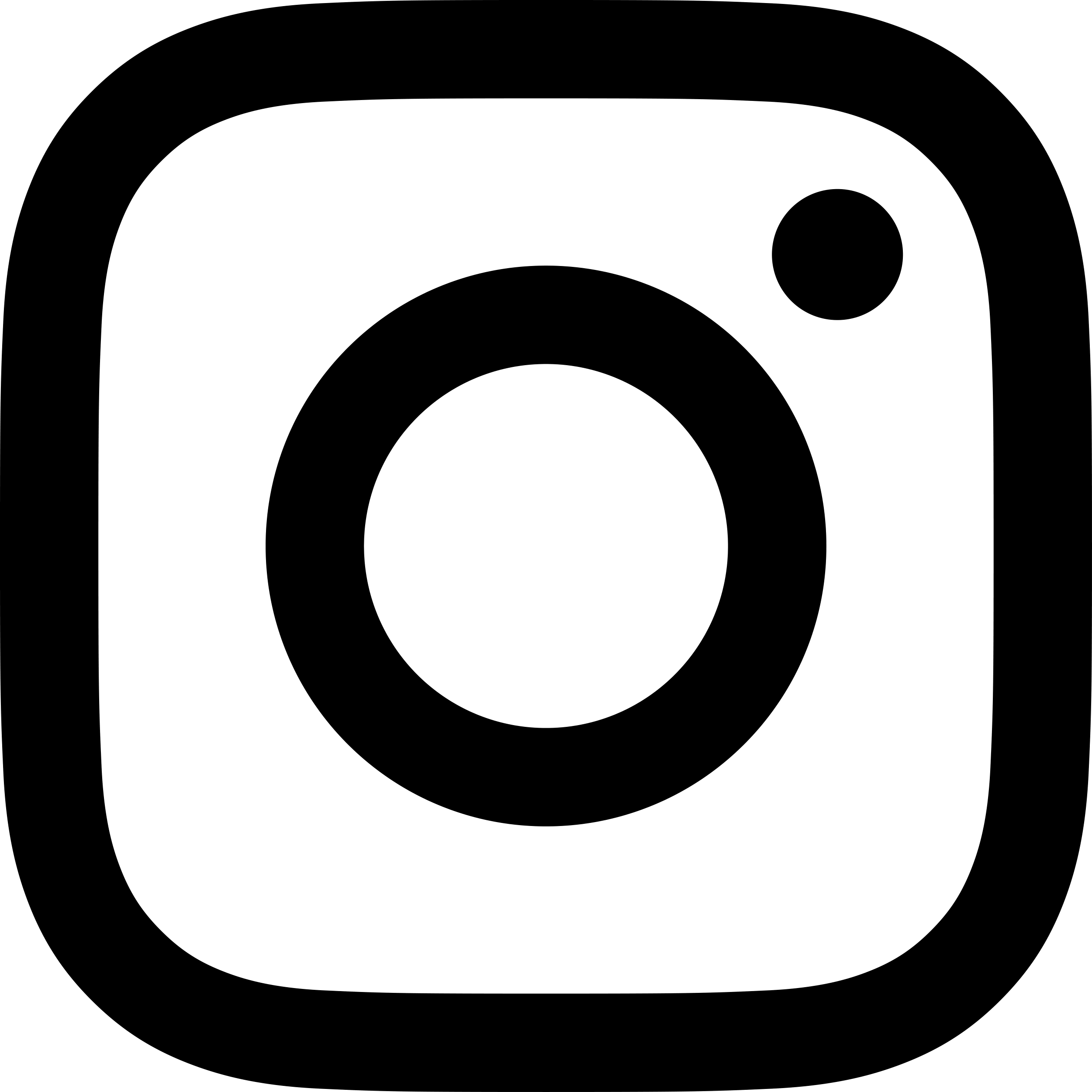Surface Analysis
The chemical and physical properties of a component surface do have significant impact on further processing steps like gluing, bonding, soldering, painting, etc. The habitus, i.e. shape, of the surfaces can often explain wanted or unwanted effects in further process steps. We have a broad portfolio of analytic means to characterize the surface structures from the millimeter down to the nanometer range.
Also knowledge of the chemical nature of a surface or the characterization of surface contaminations can help to understand failures or identify root causes in claim investigations.
The range of services of the laboratory covers the following test methods:
Contact
Chemical and Physical Analytics
E-Mail: Analytic.SWM@osram.com
Chemical and Physical AnalyticsMittelstetter Weg 2, 86830 Schwabmünchen
